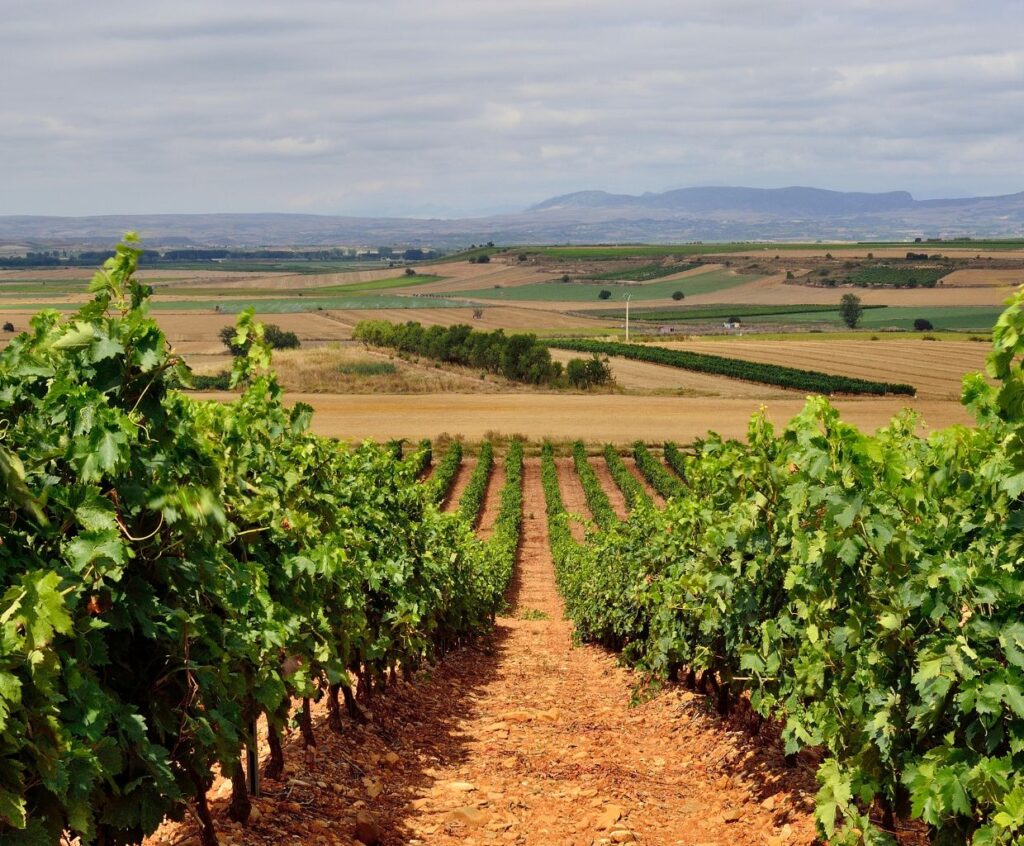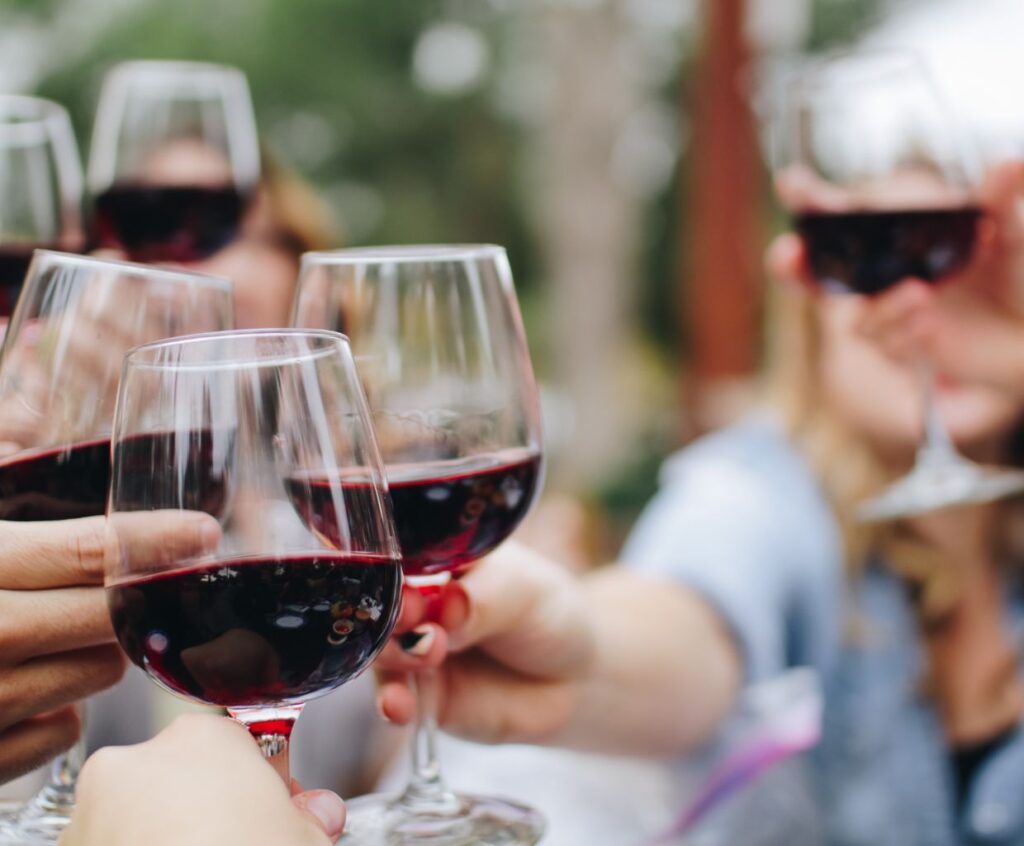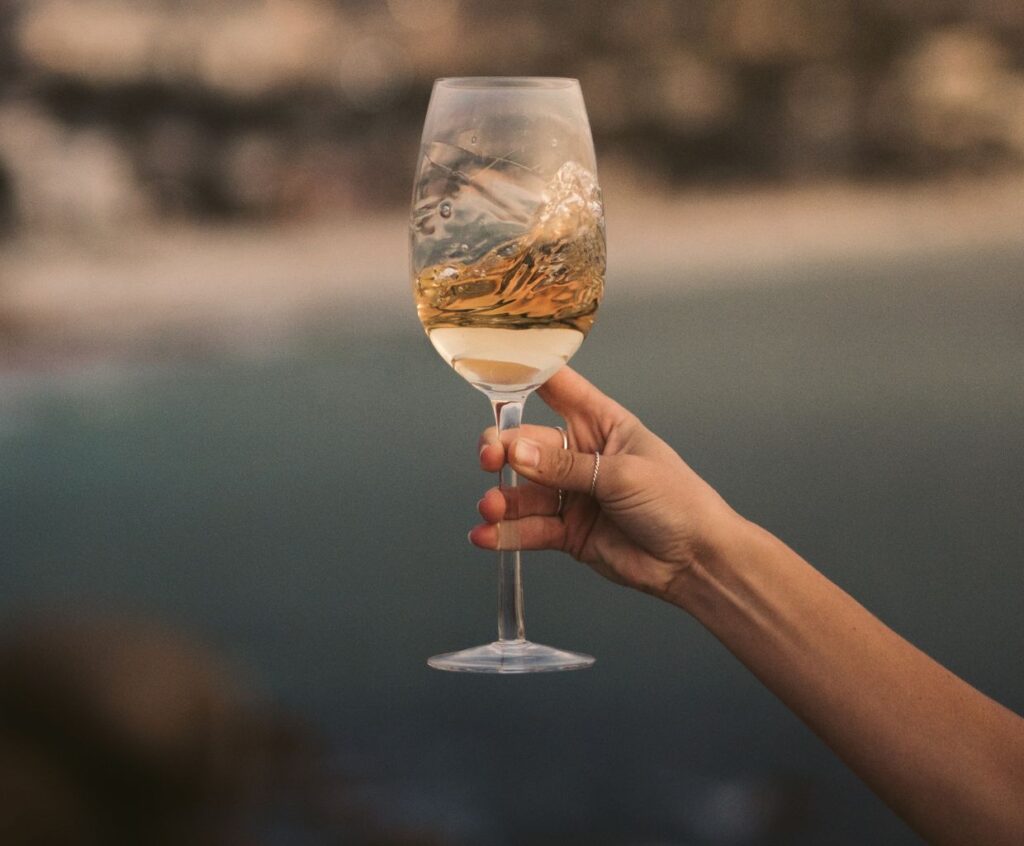Rioja Wine – What is Behind the Label?
Rioja wine is one of the most renowned and beloved Spanish wines. Its rich history and unique flavor profile have captured the hearts of wine enthusiasts worldwide. But what exactly is behind the label of a Rioja wine?
Let’s look at the factors that make Rioja wines so special.
History and Production
Rioja wine derives its name from the La Rioja region in northern Spain. The region has a long history of winemaking, dating back to Roman times. Rioja’s unique climate and soil conditions contribute to the wine’s distinct characteristics.
Grape Varieties
In Rioja, three grape varieties are primarily used in winemaking: Tempranillo, Garnacha, and Graciano. Tempranillo is the region’s most widely planted grape variety, known for its deep color, moderate acidity, and flavors of red berries and oak. Garnacha adds a touch of sweetness and body to the blend, while Graciano brings in aromatics and complexity.
Ageing Process
One of the defining features of Rioja wine is its aging process. Rioja wines are classified into four categories based on their aging period: Crianza, Reserva, Gran Reserva, and Joven. Crianza wines are aged for at least one year in oak barrels, followed by another year in the bottle. Reserva wines undergo a more extended aging period, with at least one year in oak and two years in the bottle.
Gran Reserva, the highest category, requires a minimum of two years in oak and three years in the bottle. Joven wines are young wines that are not subjected to extensive aging.
Flavor Profile
Rioja wines offer various flavors depending on the aging process and grape blend. Younger Rioja wines have vibrant fruit flavors with cherries, strawberries, and plum notes. As the wines age, they develop more complex flavors of vanilla, tobacco, leather, and spices. The oak influence adds a distinctive toastiness and structure to the wine.
Food Pairing
The versatility of Rioja wine makes it an excellent companion for various dishes. The younger Joven wines pair well with tapas, grilled meats, and paella, while the more mature Reserva and Gran Reserva wines complement heartier dishes like lamb, beef, and game. The balanced acidity and tannins in Rioja wines make them an excellent match for various cuisines.
Can you explain the aging requirements for Rioja wine, including the distinctions between Crianza, Reserva, and Gran Reserva?
Rioja wine, produced in the Rioja region of Spain, has specific aging requirements that determine its quality and style. These requirements are classified into Crianza, Reserva, and Gran Reserva.
1. Crianza: According to the aging requirements, Crianza Rioja must be aged for at least two years, with at least one year in oak barrels. The remaining time can be spent in the bottle. The minimum aging period for white and rosé Rioja is one year, with six months in oak barrels.
2. Reserva: Reserva Rioja has a more extended aging period than Crianza. It must be aged for at least three years, with at least one year in oak barrels and the rest in the bottle. For white and rosé Reserva, the minimum aging period is two years, with six months in oak barrels.
3. Gran Reserva: This is the highest quality category of Rioja wine. Gran Reserva Rioja must be aged for at least five years, with at least two years in oak barrels and the remaining time in the bottle. For white and rosé Gran Reserva, the minimum aging period is four years, with six months in oak barrels.
It’s important to note that these aging requirements are specific to Rioja wines and may differ for wines produced in other regions. Additionally, these aging periods are minimum requirements, and producers can choose to age their wines for more extended periods, resulting in more complex and mature flavors.
The aging process in oak barrels imparts characteristics like vanilla, spice, and toastiness to the wine, while bottle aging allows the wine to develop further and integrate its flavors. The longer aging periods of Reserva and Gran Reserva wines contribute to their enhanced complexity, depth, and aging potential.
In summary, Crianza, Reserva, and Gran Reserva are classifications of Rioja wine based on their aging requirements. The longer the aging period, the higher the quality and complexity of the wine.
How does the Protected Designation of Origin (PDO) status contribute to the quality and authenticity of Rioja wine?
The Protected Designation of Origin (PDO) status plays a crucial role in ensuring the quality and authenticity of Rioja wine. Here’s how it contributes:
1. Geographic Protection: The PDO status guarantees that Rioja wine can only be produced in a specific geographic area, which includes La Rioja and parts of Navarre and the Basque Country in Spain. This ensures that the wine is made from grapes grown in the region, benefiting from its unique terroir, climate, and soil characteristics.
2. Quality Standards: The PDO status imposes strict regulations and quality standards that Rioja wine producers must adhere to. These standards cover various factors, including grape varieties allowed, vineyard management practices, winemaking techniques, aging requirements, and labeling guidelines. By enforcing these standards, the PDO protects the integrity and quality of Rioja wine.
3. Traceability and Control: The PDO system establishes a rigorous traceability process, from grape cultivation to the final product. This allows consumers to verify Rioja wine’s origin and production methods, assuring its authenticity. Additionally, regulatory bodies conduct regular inspections and controls to ensure compliance with the PDO regulations, further safeguarding the quality and authenticity of the wine.
4. Reputation and Market Value: The PDO status enhances Rioja wine’s reputation and market value. It signifies a commitment to traditional winemaking practices, quality production, and consistent standards. As a result, consumers perceive PDO-labeled Rioja wines as reliable, authentic, and of higher quality, leading to increased demand and value in the market.
5. Consumer Confidence: The PDO status instills confidence in consumers, who can rely on the PDO label to make informed choices. They can trust that Rioja wine with PDO status has undergone rigorous quality checks, meets specific criteria, and represents the true essence of the region. This assurance leads to increased consumer satisfaction and loyalty.
Overall, the PDO status of Rioja wine plays a vital role in preserving its quality, authenticity, and reputation, ensuring that consumers can enjoy a consistently excellent product with a unique sense of place.
Rioja Wine – Conclusion
Rioja wine’s rich history, unique production methods, and distinct flavors make it a true gem in the world of wine. Whether you’re a wine connoisseur or just starting your wine journey, exploring the wines behind the label will be a delightful experience.




